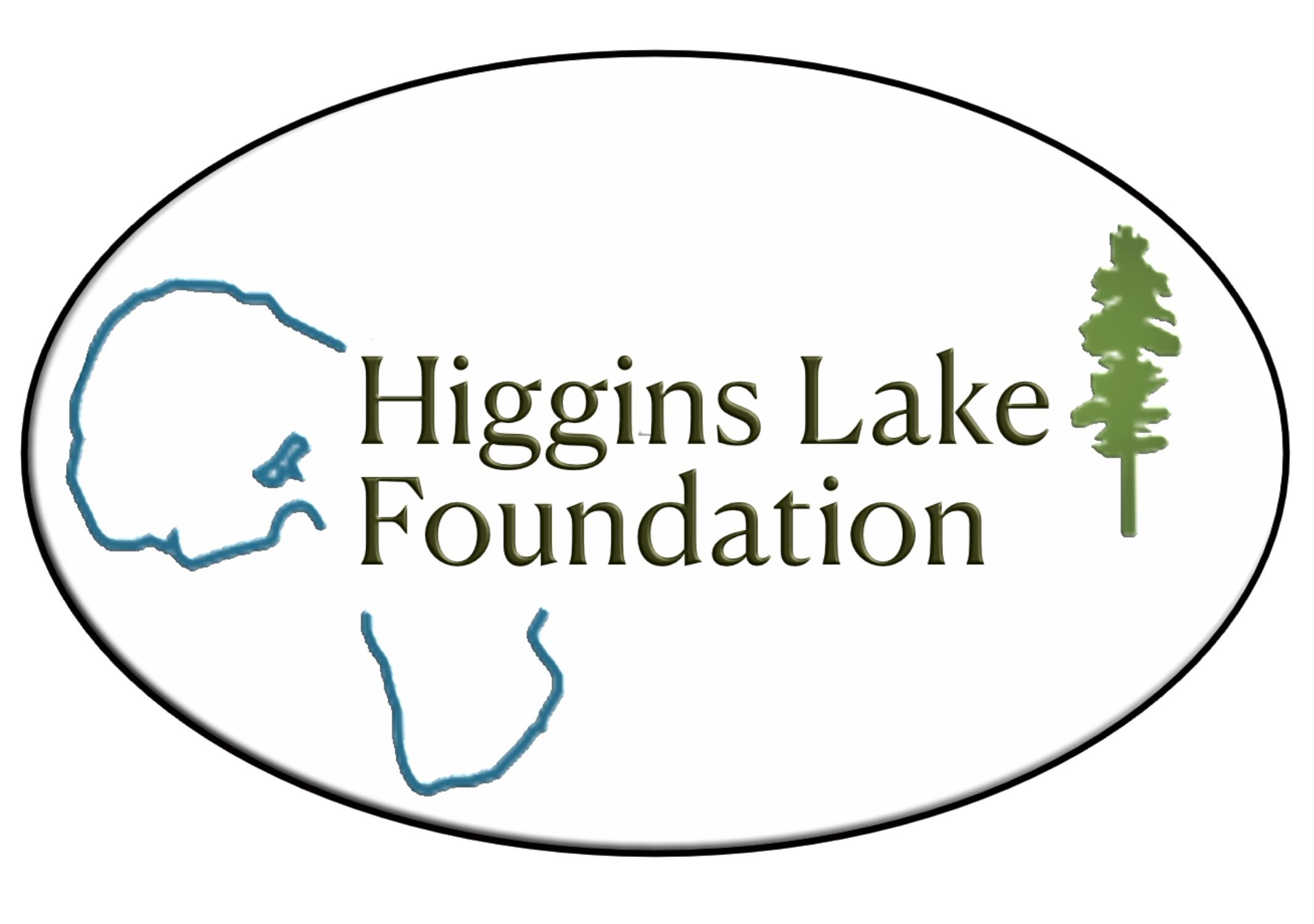The Higgins Lake community has battled Swimmers’ Itch for decades. The Swimmers’ Itch cycle was first documented in 1928 when it was discovered that the parasites (called schistosome cercariae) are passed from bird to snail to human. For some time, the use of copper sulfate to kill snail populations was considered a remedy, but its use was discouraged due to long term negative impacts. Beginning in the 1980’s on Higgins Lake, common merganser ducks, a prime host of at least one schistosome species, were harassed/relocated in an effort to break the cycle. Biologists have also engaged in research, education and control of the parasitic larvae. In 2020 the Higgins Lake Foundation will fund additional research using a different scientific approach.
Scientists from Freshwater Solutions, working in collaboration with Dr. Patrick Hanington from the University of Alberta (Edmonton), will work to determine (a) the current schistosome parasite diversity (species richness and relative abundance) on Higgins Lake, (b) how schistosome populations have changed over time, (c) the presence and impact of the newly discovered schistosome species, and (d) changes in snail densities over time.
Dr. Hanington’s team has made significant advances in DNA technology since 2015, specifically with quantitative polymerase chain reaction (qPCR), which now allows for more direct and accurate swimmer’s itch risk assessment by counting the actual number of cercariae in a standard water sample. It is hoped that discoveries made this summer will shed new light on the complexity surrounding these troublesome parasites, information that could inform riparians and lead to safer swimming habits.
